Providing customers with a mobile app experience is a must for today’s restaurant business. Over the last year, online orders and takeout became the only ways for restaurants to survive during pandemic-related shutdowns. It has changed consumer habits and preferences.
Ordering food, booking tables, and finding places to eat from mobile devices will continue in the post-COVID world. That is why restaurant mobile app development is an excellent investment for engaging customers both today and in the future.
Apps significantly increase interaction with clients, optimizing restaurant operations, attracting new audiences, and boosting customer retention. Check this guide to create a restaurant app that will help to reach all these goals.
Do You Need a Restaurant App?
The number of mobile users was 6.95 billion in 2020 and is expected to reach 7.1 billion in 2021, according to Statista. Users spend about 88% of their time on mobile apps and only 14% on mobile websites.

Forecast number of mobile users worldwide from 2020 to 2024. (Source: Statista.com)
These numbers clearly state two crucial facts:
- Mobile users are a huge target audience for any business worldwide.
- People prefer apps over mobile websites. Thus, they are more likely to generate orders and use your services from a mobile application.
People can, of course, book a table or order food delivery by making a standard phone call. But to do so, they need to google your phone number and ask questions regarding the menu and other order details, which takes a lot of time. Most people would prefer an alternative that offers a more straightforward scenario and faster result.
Besides access to the most significant consumer category, a custom restaurant app can bring the following benefits:
- Usability: it is convenient to have food and table ordering options right in your pocket whenever you need them. No calls, no talks; it just takes a few taps to place an order.
- Saving on operational costs: a mobile app automates numerous processes, from taking an order online to booking tables. There is no need for employees to manage them.
- Location-based marketing: if you own a few restaurants, you can promote location-based specials, inform users nearby about local events and updates.
- Better customer engagement: using a loyalty program, referral system, personalized push notifications, and other tools, you can significantly increase customer engagement and retention.
- In-app payments: the less you deal with cash, the better the user experience is. An app helps to streamline order payments, offering multiple online payment options for users.
- Social sharing: integrate your application with various social networks, review boards, and other services to boost your brand awareness, build an attractive public image, and increase your customer base. It will have a positive impact on business and result in profit growth.
- Advanced analytics: a mobile app helps collect information about user activity and use it to develop your restaurant business, improve your services, and plan supplies/inventory to manage loads during peak hours/days.
- More tables filled: with the ability to book tables and pre-order food comfortably, you will get higher attendance records and more visitors. It helps improve table and order management.
- Higher results on special offers, loyalty, and referral programs: a mobile application makes it convenient to use all these benefits that result in higher profits.
Restaurant apps provide customers with quick access to the desired options, higher convenience, and satisfaction. If your customers are happier with the service, they will likely use it regularly and recommend it to others. Here is what usually customers use online restaurant applications for:
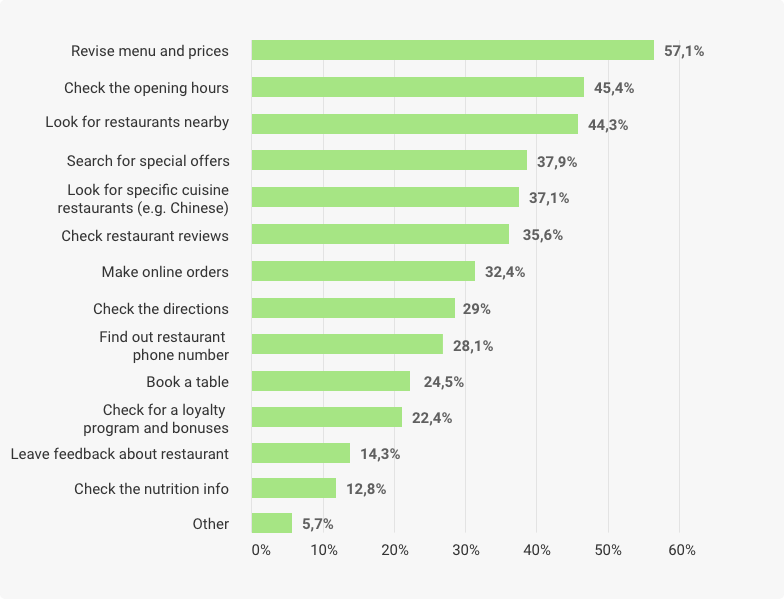
Why You Should to Use Restaurant Apps (Top Reasons)
The most important advantage of a good restaurant application is giving the customer a choice of ordering, pre-ordering, and payment options. It provides your own business all the benefits of modern m-commerce technologies. Even during a lockdown, you can continue operating in full by providing your customers an easy and handy way to order food delivery or food to go. It is a must-have for startup companies to enter the restaurant niche.
Types of Restaurant Apps
Not only restaurants have moved to offer services via a mobile app. There are lots of other industries that are now making money on online food ordering and delivery. A mobile app for restaurant ordering is only one of the available restaurant app types. Here are the most common categories that are in high demand now.
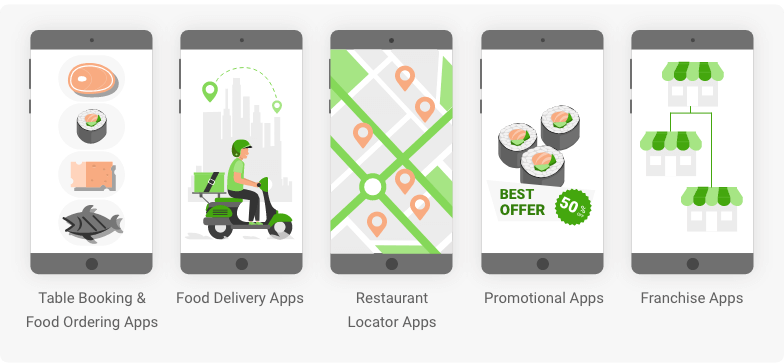
There are 5 main types of restaurant applications
1. Table Booking and Food Ordering App
It is the most standard type of restaurant app. When a customer plans to go out to their favorite cafe, they can book a table online and pre-order the dishes and drinks. This way, you can be sure the food is prepared by the time you arrive.
These apps aim to improve the dining experience, reduce the wait time, and arrange fuller table filling. Usually, it represents one single brand or a single restaurant to serve customers that prefer online ordering.
While many restaurants are limited or closed during the pandemic, food ordering apps are widely used for ordering food online and contactless order pickup. The Starbucks app has brought the company 24% of all transactions in the 4th quarter of 2020. It is an excellent example of how restaurants can adapt to COVID-19’s effects through a mobile app.
2. Food Delivery Application
The food delivery market is on the rise, and the pandemic propelled the industry many years into the future. There are specialized food delivery apps like Uber Eats or DoorDash that can deliver orders from multiple restaurants. However, some restaurants prefer delivering their food without third parties to ensure service quality and offer more affordable terms.
If food delivery is your priority, it makes sense to build a restaurant app for processing delivery orders. Within such an app, customers can pick out dishes from the menu, choose the most suitable delivery option, pay for the order, and track the order status online.
Want to know how to make an app like Postmates? Check this guide!
3. Restaurant Locator Application
This type of app shows restaurants in a particular location. It helps users pick a bar or a cafe by viewing photos, menus, reviews, and other information. It also features the restaurant’s contact information and driving directions. Check OpenTable to understand better how restaurant locators function and what features they offer to users.
Sometimes restaurant locator functionality is just a part of a more extensive feature set. For instance, apps like Tripadvisor offer hotel, flight, and restaurant booking services together with customer reviews.
4. Promotional Apps
To boost customers' activity, restaurants release special offers, deals, and discounts for their visitors. A mobile application is a perfect way to communicate all these promo campaigns to a target audience. You can also integrate a loyalty program, rewards, and a referral system to let users earn additional bonuses.
5. Franchise Application
When offering a franchise, a restaurant chain needs to ensure its quality and maintain proper branding for each outlet. A mobile app for restaurant franchises allows managing menus, pricing, specials, and online orders for multi-location chains. It also helps track and manage the entire business from a single dashboard, analyze sales and customer activity, and restrict access to certain features for multiple user groups. They usually feature location-based services.
Franchise applications are a more complex version of standard food ordering apps, developed explicitly for restaurant chains. Domino’s Pizza is a great example to check.
Not sure how to combine all essential features within a single restaurant application? KeyUA engineers can produce a custom solution with all needed functionalities.
Get A QuoteRestaurant App Features

Depending on the needs of a particular restaurant, a mobile app can utilize various features. Here is the list of standard functionalities for a food ordering application:
- Online menu: a menu screen where you can list your dishes, put photos, ingredients, pricing, and other details to help users make their choice.
- Order option & Order screen: while viewing the menu, a user can add dishes and drinks to the cart and then review the ordered items before checkout.
- Pre-order: this option helps customers order items in advance instead of waiting long after coming to a place. Pre-order functionality needs to have an additional screen to specify the required time when the order should be ready. Some restaurants offer pre-ordering with paying onsite, while others provide only pre-paid orders. Taking instant payments online ensures a user won’t change their mind and you won’t lose money.
- In-app payment: a modern app should support multiple payment gateways for a user to choose from. Internet banking, credit/debit card payments, and cash on delivery are among standard options.
- Table Reservation: restaurants that work not only for takeout or delivery usually offer an option to book a table. A visitor planning to go out can reserve a table for a specific date and time and even choose a particular table in your dining hall. It is a handier alternative for making traditional reservations by phone. You can create an interactive table map that shows what tables are available for reservation in a more advanced implementation.
- Delivery Options: include this feature in your development plan to let users order meal delivery through the mobile application. List all available options with information regarding pricing, delivery time, and terms. It also makes sense to save delivery addresses, contact details, and other personal information, not to make users fill in these data again and again.
- Track Order: it makes sense if you offer takeout or delivery. Users like to see if an order has been accepted, processed, how long a courier is away from the destination, etc. The development complexity depends on how detailed you’re planning to be with the tracking option.
- Restaurant Locator: it helps a user find the nearest restaurant in their location area or choose the nearest cafe to order delivery. Usually, a locator option is developed for restaurant chains.
- Loyalty program: loyalty programs and various rewards are great to keep customers coming back. You can manage special offers and loyalty bonuses from the backend, updating the app with new attractive specials, last-minute bookings, etc. Lots of customers use mobile apps to have access to all these freebies.
- Push-notifications: let your app send users personalized messages with exciting information. Provide users a choice to receive push notifications if they want. It will be an effective marketing tool for boosting user activity.
- Contact and Support: While a mobile app is all about virtual user experience and automation, for a restaurant business, it’s vital to make customers feel personally cared for. Implement a one-click call option into your app so that a user can ask anything in person.
There are dozens of advanced features like chatbots, taxi ordering, or location-based services. When building a custom restaurant ordering app, the technical capabilities are endless. The main point here is to provide precisely what your customers would like to use and not overload the application with fancy yet useless options.
Creating a Restaurant App Step-By-Step

Building a worthy software product always begins with thorough marketing research and figuring out exact business goals to follow. Having clear expectations and specs help to get a more accurate and effective implementation. Here is how to make an app for a restaurant step-by-step.
Step 1.Research
Check if your competitors have mobile apps, install and test them to see how they work, and evaluate the features, usability, performance, and other aspects. It also makes sense to try mobile apps from some industry leaders, targeting restaurants with services and cultures similar to yours.
Step 2. Set Your Goals
Figure out your business goals and main KPIs. Define which of them your future mobile application will help to achieve and in what way.
Step 3. Find a Development Partner
Focus on outsourcing development companies with a strong reputation, relevant experience, and a client-oriented philosophy.
Step 4. Define The App Specs
Now it’s time to clarify every detail together with your future restaurant app developers. Properly document design preferences, a features list, integrations with third-party services, and other technical aspects. Based on these details, development engineers will estimate the work scope, pick out suitable technologies, and prepare the required environment.
Step 5. Design and Development
Mobile app development for restaurants contains a few stages:
- UI/UX prototyping
- Visual design & branding
- UI/UX design (front-end development)
- Backend Development
- Testing
- Deployment
Step 6. Launch the App to the Market
Roll out marketing campaigns and prepare a public release of your restaurant app. From this moment, your customers get a functioning mobile app. At the same time, you can start collecting feedback and analyze usage statistics.
Step 7. Ongoing App Support and Enhancements
The app needs to get optimized for the latest versions of the supported mobile platforms. You may also want to add some new features in the future, change the design, or do some other enhancements to go with the times and reflect your business changes.
The Cost of Mobile App Development for Restaurants
The total budget for the development highly depends on what approach you choose. If you plan to go for native mobile development, you will need to create a separate app version for each platform (iOS, Android, Windows Mobile). Another option is to make a mobile app for restaurants using cross-platform technologies like React Native.
To provide a sample estimation, let’s say we are developing a native mobile app for Android and iOS. As a rule, the iOS version takes 30% - 35% less time than Android. There are certain common code parts, and there are fewer iOS devices to support different resolutions and hardware options. The timeframe and the project cost will also depend on the chosen functionality. Here is an average breakdown in percentage for the typical MVP development work scope.
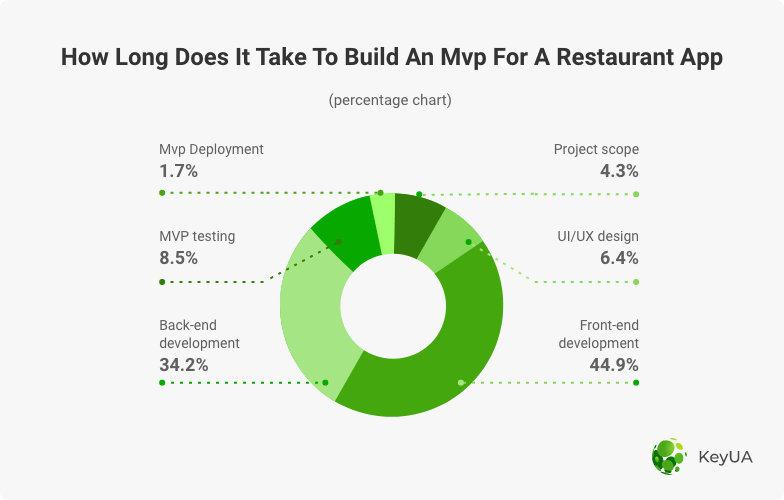
Here you can see how long it takes to develop a minimum viable product for a restaurant application
The most time-consuming stages are front-end and back-end development. To speed up the whole process, they can be handled in parallel, and you can hire more developers to split tasks between them. It helps to deliver the application to the market. An approximate timeline breakdown for an MVP (Minimum Viable Product) is the following:
| Project Stage | Basic, hours | Standard, hours | Complex, hours |
| Technical Documentation (Project scope and specs) | 20 | 40 | 60 |
| UI/UX design | 40 | 60 | 120 |
| Front-end development | 360 | 420 | 480 |
| Back-end development | 160 | 320 | 540 |
| MVP testing and bug fixing | 40 | 80 | 160 |
| MVP deployment | 16 | 16 | 16 |
| TOTAL hours: | 636 | 936 | 1376 |
To implement such a project, you will need a team of at least 5 specialists:
- Designer
- iOS developer
- Android developer
- Backend developer
- QA specialist
It would be useful to hire a project manager to coordinate the teamwork and optimize the timeframes. Considering that developers’ rates vary from $35 to $70 per hour, let’s take an average of $50/h to estimate the total project price. It may cost from $31,800 to $68,800.
These are approximate figures to give you ideas of what budget may be required. However, each project is individual. The final cost varies based on the number of app screens, specific features, APIs integrations, and many other criteria. To get the exact estimation, please contact our team directly.
Takeaways
Mobile app marketing in the restaurant business is a powerful channel for increasing sales and developing customer loyalty. It helps to run effective operations regardless of various physical limitations like pandemic lockdowns. It also helps optimize operational costs for processing orders, planning the product supply, and managing numerous inner processes.
If your restaurant needs a mobile app for online ordering, delivery, reservations, promotions, and other commercial activities, get a reliable and technology-savvy software vendor.
Experienced mobile engineers from KeyUA are ready to help on every stage, from outlining the future app specs to adequate and cost-efficient implementation and post-production enhancements. Let’s turn your mobile development investment into stable growth of orders, service quality, and customer satisfaction!
Need a restaurant app to work flawlessly on all modern mobile devices? Get flawless usability for all required features with KeyUA!
Contact Us

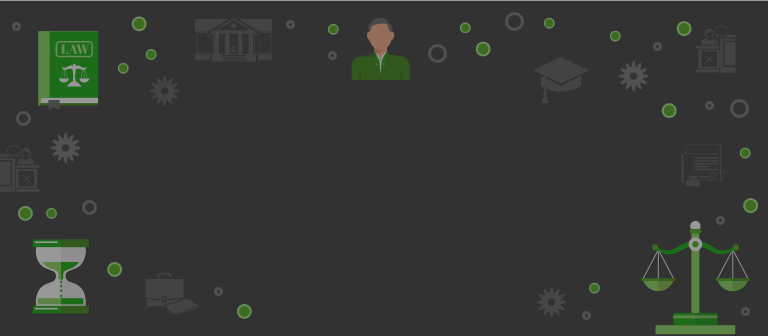
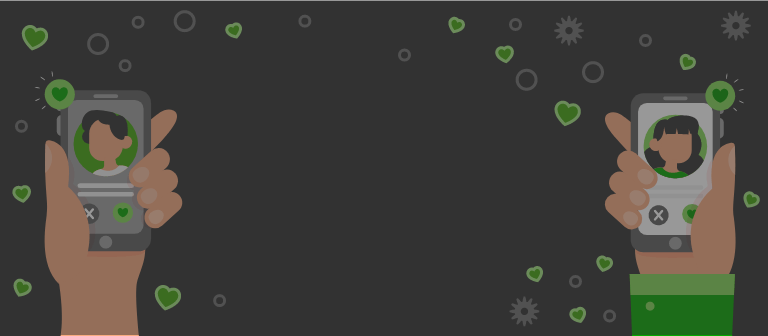

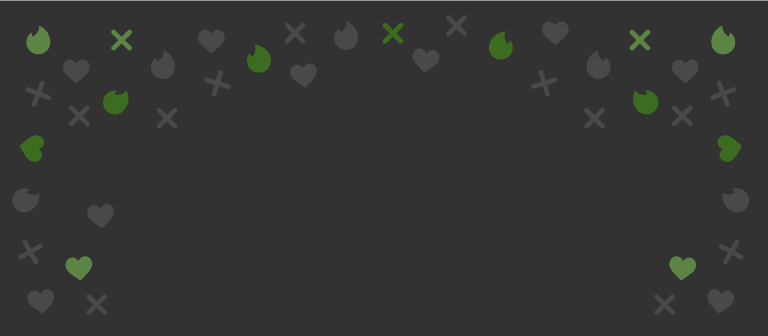
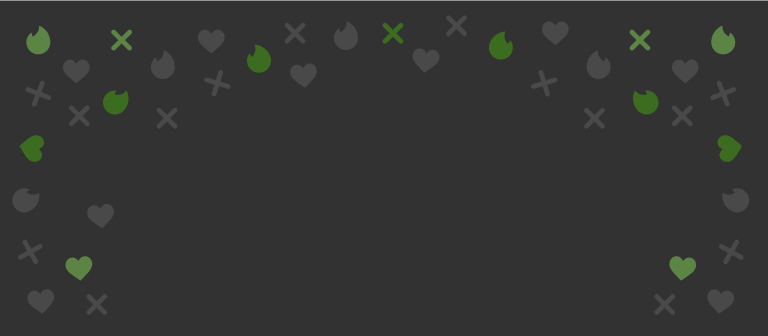
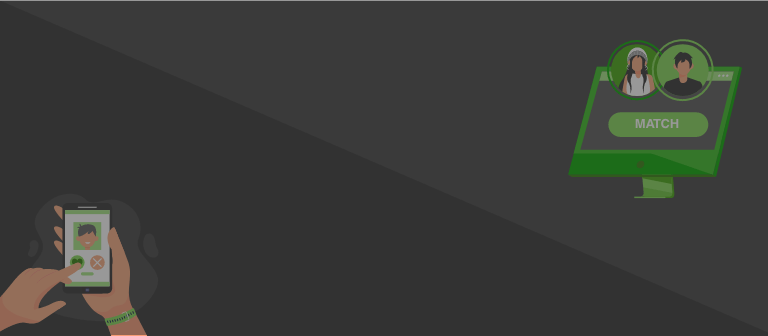
 Unit 1505 124 City Road, London, United Kingdom, EC1V 2NX
Unit 1505 124 City Road, London, United Kingdom, EC1V 2NX

Comments
Leave a comment